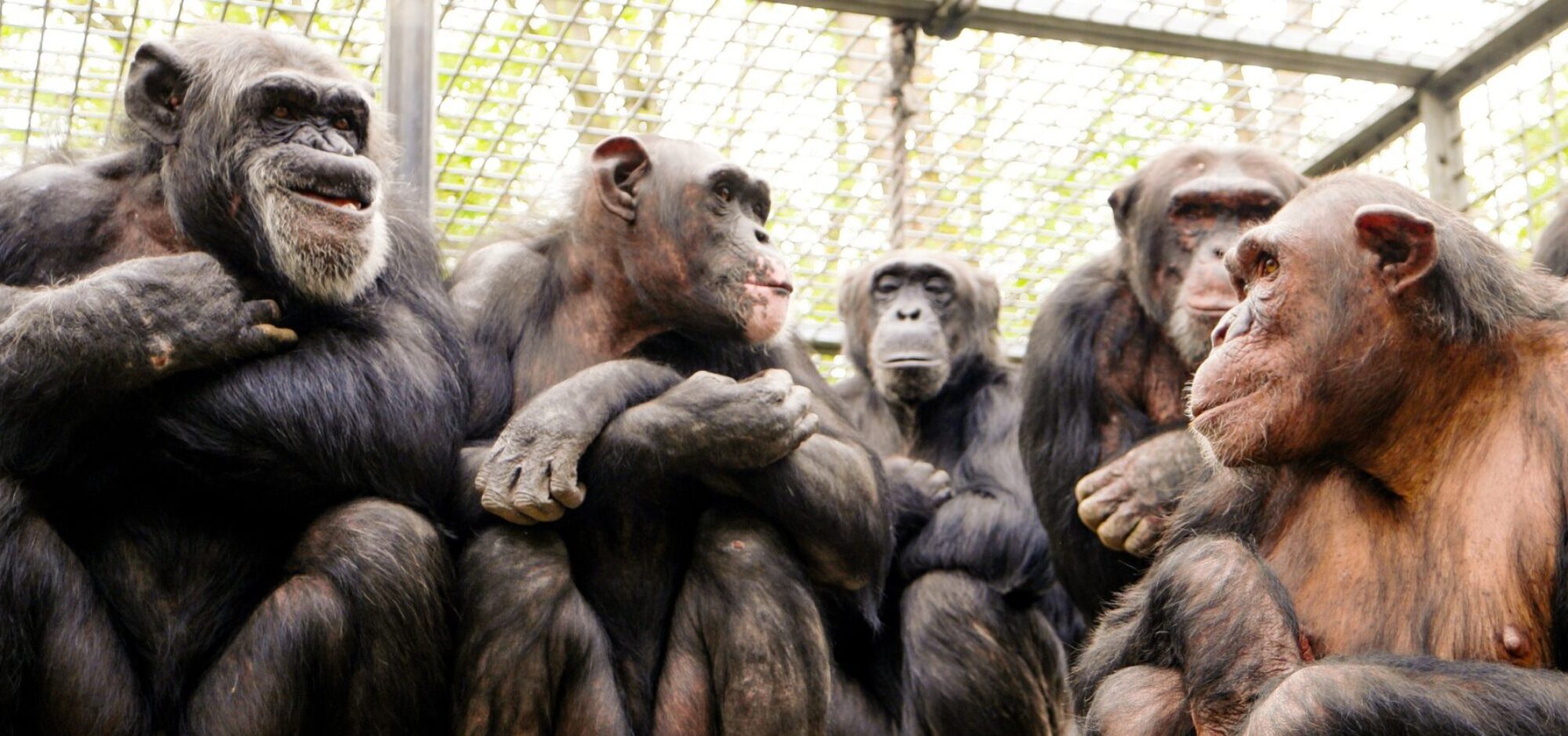“The Fight to Secure Rights for Rainforests
The Sarayaku people of Ecuador seek legal protection for Amazonian plants and animals. Anthropologist Eduardo Kohn’s work on “thinking forests” might help.
By Emily Laber-Warren
22 APR 2021
https://www.sapiens.org/culture/eduardo-kohn-sarayaku
(…)
Kawsak Sacha is an expression of the Sarayaku community’s worldview, which is Animist, based on the principle that not only people but plants, animals, and even rocks are sentient, knowing beings. Kohn’s academic writings, meanwhile, derive largely from European and American scholarship. Yet by different pathways, Kohn and the Sarayaku had come to similar conclusions. Both believe that the future not just of the Amazon but of the planet depends on reimagining our connection to nature. They also share a conviction that this message can’t stay hidden in the jungle or in the pages of a book. Political action is necessary.
(…)
If Kohn had asserted that other creatures have feelings, it would be “a much easier position to take, because more people will agree with that,” Fuentes says. For example, scientists have made the case that elephants, ducks, and dogs may grieve. But thoughts? What does Kohn even mean by that?
Early in the book, Kohn describes settling down to rest under a thatched lean-to in the jungle when his friend Juanicu, a Runa hunter, warned him: “Sleep faceup!” If a jaguar happens by and “sees you as a being capable of looking back—a self like himself, a you—he’ll leave you alone,” Kohn writes. But if he does not see your eyes and “should come to see you as prey—an it—you may well become dead meat.”
For Kohn, this insight was a revelation. It implies that humans are not the only ones who interpret the world. A jaguar analyzes its surroundings in its own jaguar way. What’s more, the jaguar’s understanding of the world, its “thoughts,” can have life-or-death consequences for people. Kohn believes this observation shakes the very foundations of anthropology.
Twenty years ago, when Kohn was still a graduate student, he went to see the legendary anthropologist Clifford Geertz. Geertz was known for “thick description,” the idea that anthropologists must gather a wealth of details to fully understand another culture’s practices. Kohn had recently returned from doing this kind of deep fieldwork in Ecuador, where he had lived for long stretches with the Runa people.
Kohn had begun to suspect that even though anthropology was developing a deeper appreciation of culture across human societies, the field still hadn’t gone quite far enough—because it excluded the meaning-making pursued by other species.
(…)
Other species, including insects, express themselves, consciously or not, through alarm and mating calls, coloration, swarming behavior, and more. If anthropologists consider only the human side of these relationships, aren’t they missing half the story?
(…)
But Kohn refused to stop asking those questions. The result was his 2013 book How Forests Think: Toward an Anthropology Beyond the Human, in which he argues that all life-forms engage in thought. Through evolutionary dynamics, for example, plants, though lacking a recognizable brain, thrive, reproduce, and at times effectively outmaneuver other species.
(…)
Kohn is convinced that anthropology, and Western thought in general, has artificially isolated humans from the natural world, with disastrous consequences. Instead of perceiving other life-forms as part of a shared reality, the way many Amazonian peoples do, many societies treat them as consumable resources, and “that division is coming back to bite us,” Kohn says.
(…)
For example, some Western scientists now believe that trees send out chemical signals to warn one another about insect pests and that healthy trees nurse sick ones through their conjoined root systems. On a global scale, windblown dust from the Bodélé Depression in north-central Africa blows all the way to the Amazon and seeds the rainforest with the minerals it needs to support its rich panoply of life.
“This is what the Sarayaku have been saying all along, that everything is interconnected,” says Rodriguez-Garavito. “This is not religious belief. This is not just a hunch.” But because such processes are invisible, until recently, Western science had largely overlooked them.”
